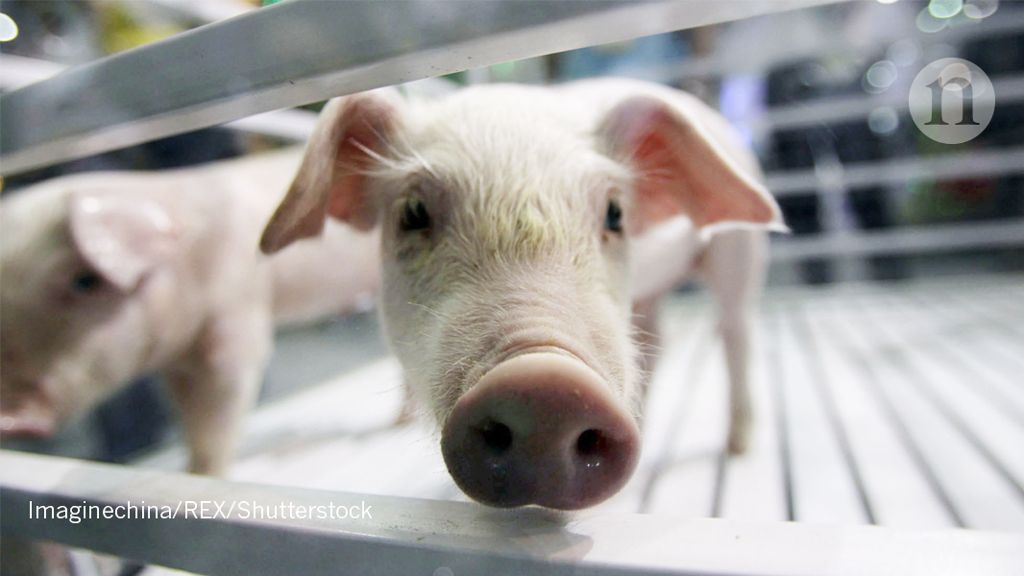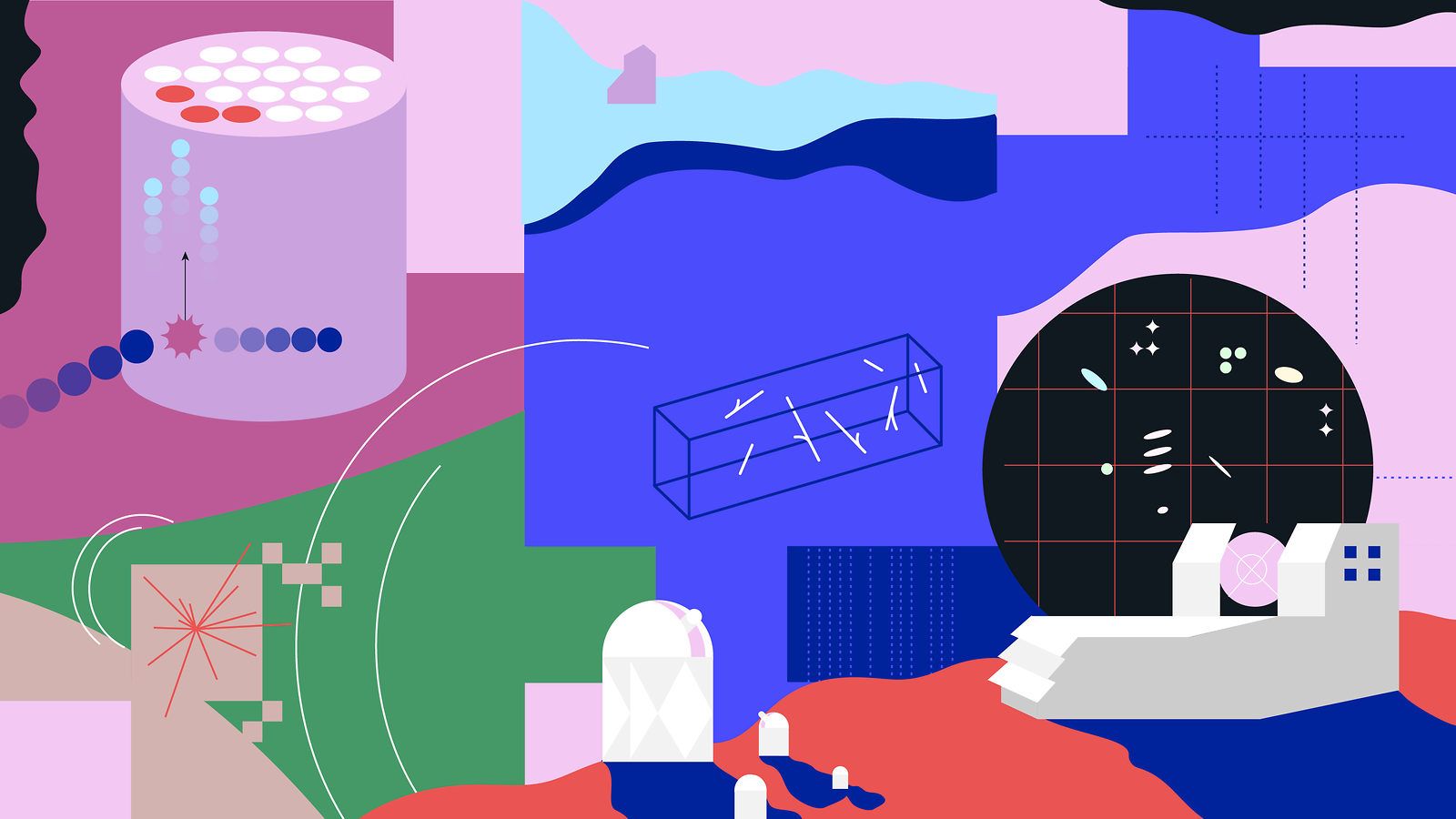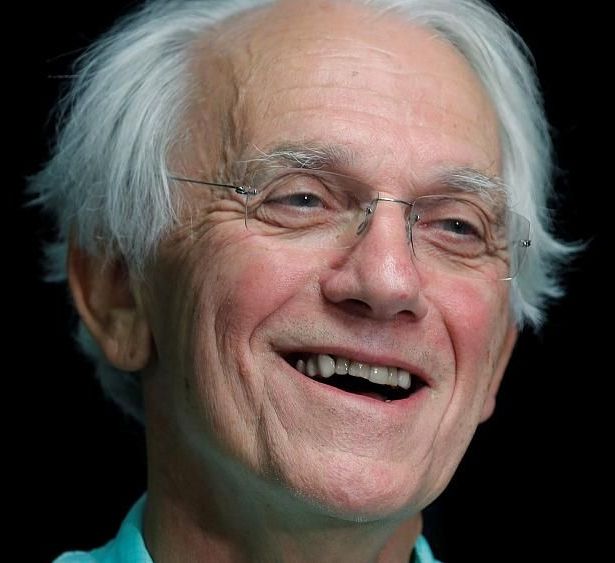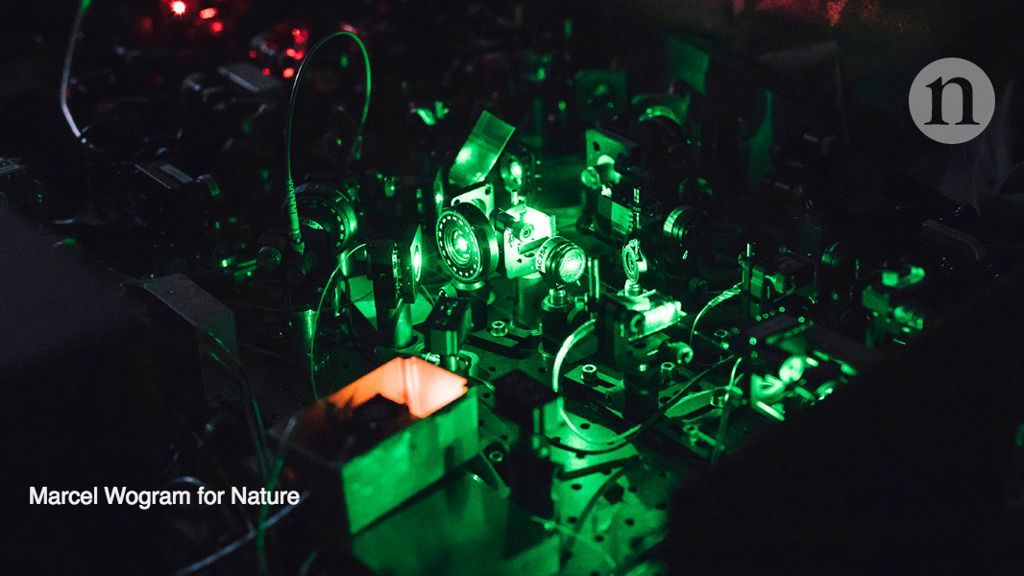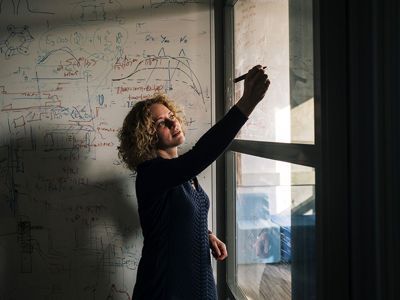Six children have died as a result of adenovirus at the Wanaque Center for Nursing and Rehabilitation in Haskell, New Jersey. Twelve additional pediatric residents at the Center have been infected, according to a statement from the New Jersey Department of Health.
The Wanaque facility has been “instructed not to admit any new patients until the outbreak ends and they are in full compliance,” according to the health department. The timing of the infections and illnesses is not clear.
New Jersey Health Department said it’s “an ongoing outbreak investigation” and workers were at the facility Tuesday. A team at the facility on Sunday found minor handwashing deficiencies.

